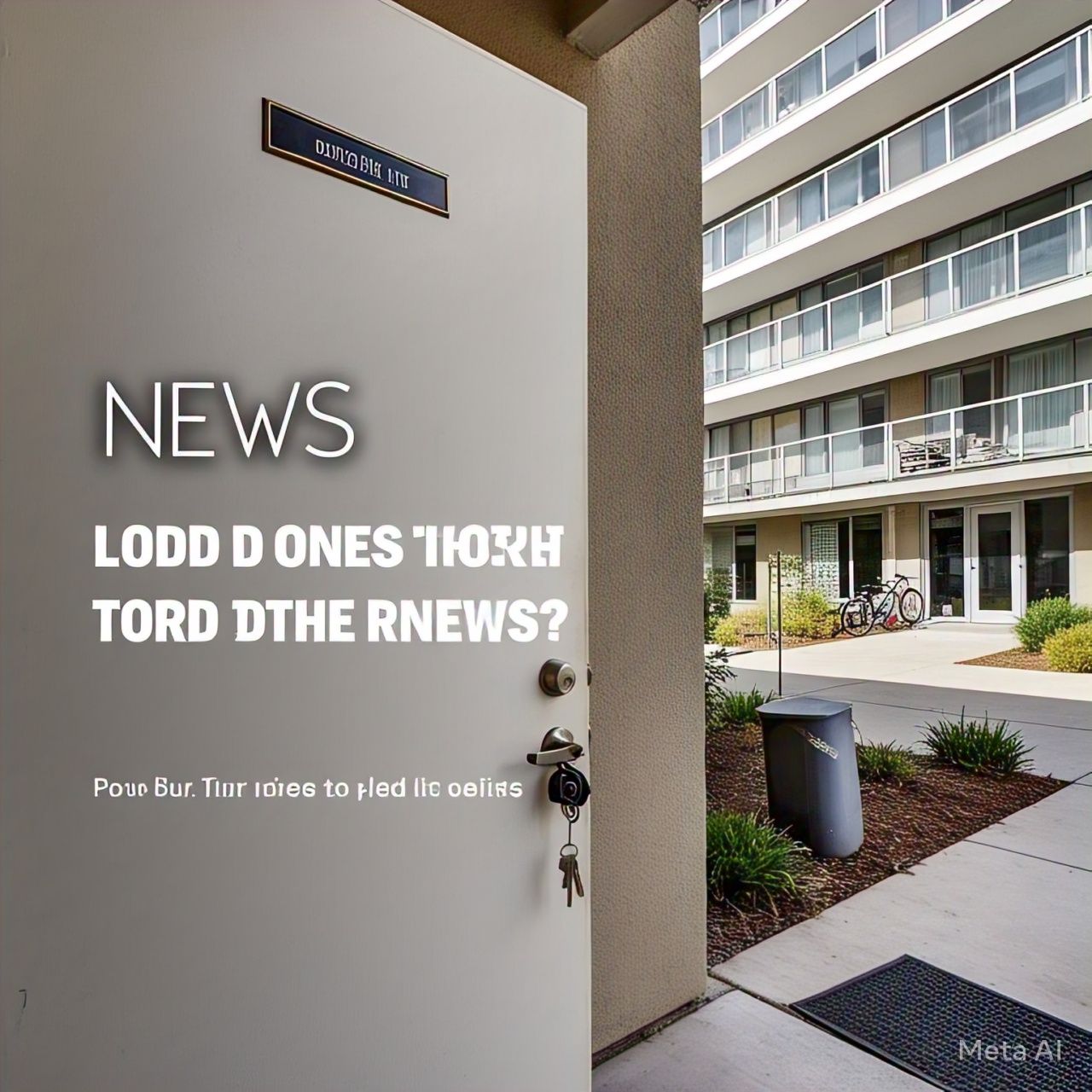Living in a condominium offers many advantages, such as convenience, predictable maintenance costs, and a strong sense of community. In Ontario, condo owners also benefit from legal protections, including the right to peacefully enjoy their homes. However, despite these advantages, issues can arise when living in close proximity to neighbors, sharing walls, and common areas. Fortunately, resolving condo-related disputes doesn’t always require expensive and time-consuming litigation.
The Condominium Authority of Ontario (CAO), established in 2017 to support condo living, has made it easier for condo residents to address and resolve conflicts. Through its resources and the Condominium Authority Tribunal (CAT), Ontario’s first online tribunal for condo disputes, the CAO aims to help communities resolve issues early, efficiently, and collaboratively.
For those who prefer to handle their case without hiring a lawyer, CAO offers a self-representation option that keeps costs down—filing fees for a case are capped at $200. Self-represented parties can manage their case from start to finish through the online system, all from the comfort of their own home.
To help with this process, the CAO has launched a new guide offering step-by-step instructions for individuals representing themselves in condo disputes. Here’s a breakdown of the steps:
1. Try to Resolve the Issue Collaboratively
The first step in resolving a condo dispute is to attempt a collaborative approach. The CAO provides several helpful resources to assist you in this process, including guides on communication, conflict resolution, and the rights and responsibilities of condo owners. Early, cooperative resolutions can help maintain positive relationships within the community and prevent the need for formal legal proceedings.
2. Understand the Role of the Condominium Authority Tribunal (CAT)
The next step is to familiarize yourself with the CAT and its jurisdiction. The guide explains that the CAT, established under the Condo Act, handles various types of condo disputes, including issues with access to condo records, common nuisances like noise and odors, and disputes related to governing documents. The CAO guide helps clarify the scope of the CAT’s authority, including the types of cases it can resolve.
For issues outside the CAT’s jurisdiction, other avenues such as mandatory mediation, arbitration, or the courts must be pursued.
3. Know What to Expect from the Tribunal Process
Once you’ve filed your application, the process begins. The CAT operates through a three-stage online system designed to encourage collaboration among all parties:
-
Stage 1: Negotiation – The parties involved attempt to reach a resolution through direct negotiation.
-
Stage 2: Mediation – If negotiation doesn’t succeed, the CAT will facilitate a mediation process to help resolve the issue.
-
Stage 3: Tribunal Decision – If no agreement is reached during mediation, the CAT will issue a final decision on the matter.
Throughout the process, all parties are expected to engage actively and in good faith, aiming to resolve the issue collaboratively. This approach can save both time and costs. The majority of disputes are resolved during the negotiation and mediation stages, allowing for early settlements.
By following these steps and utilizing the CAO’s resources, condo owners can effectively manage disputes on their own, preserving community harmony while avoiding the complexities of formal legal proceedings.



